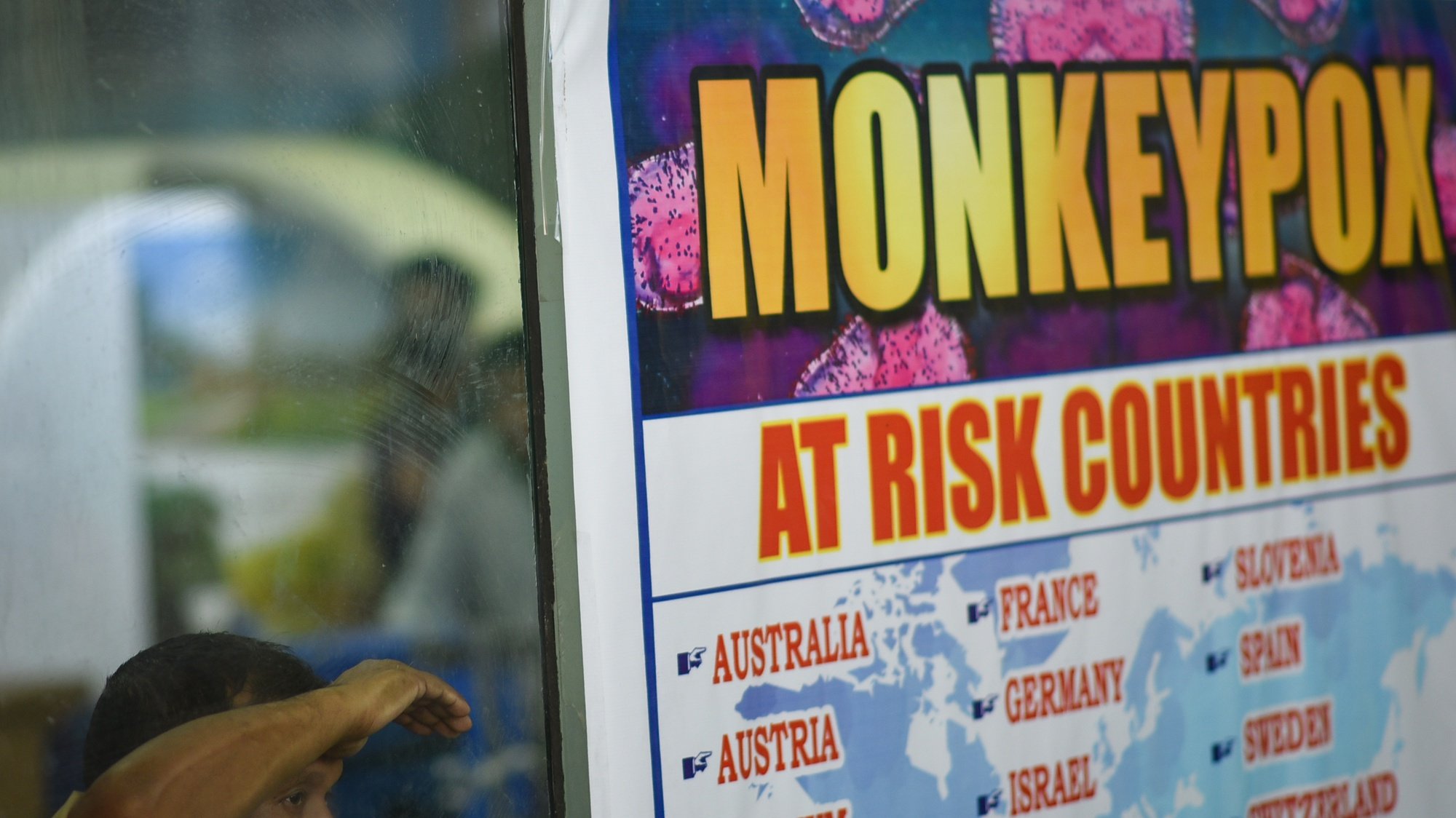Thailand registered its first community case of monkeypox on Friday, the country’s health authorities announced, the second in Southeast Asia to register the disease, after Singapore.
the case was detected on the resort island of Phuketin southwestern Thailand, said the director general of the Department of Disease Control, Opas Karnkawinpong, who described the patient as a 27-year-old man of Nigerian nationality who had symptoms for more than a week.
The patient went to a hospital in Phuket on Saturday, where blood samples were taken, whose tests confirmed days later that he was infected with monkeypox.
Portugal with 588 confirmed cases of Monkeypox virus infection and first contacts vaccinated
The man, who was not hospitalized, he’s been missing since thursdaywith the police trying to locate him.
At the end of May, Thailand had detected a case of monkeypox in a traveler in transit, who had left Australia and had a European country as his final destination.
The World Health Organization (WHO) Emergency Committee for monkeypox met on Thursday to assess whether the outbreak meets the criteria to be declared a public health emergency of international concern.
WHO Director-General Tedros Adhanom Ghebreyesus expressed concern over the rising number of infections, adding that more than 14,000 cases from 70 countries in the six WHO regions have already been reported to the organization.
Monkey pox. Cases rise to 14,000 in more than 70 countries, says WHO
A public health emergency can be declared when a contagious disease spreads uncontrollably in many countries, requiring governments to take special preventative measures to stop its spread.
In addition to Singaporewhere there is already six infectedother Asian countries that have detected the virus are the South Korea and Taiwan; while in Oceania, the Australia confirmed 19 cases and the New Zealand detected 12 patients.
The most common symptoms of the disease are fever, severe headache, muscle pain, back pain, tiredness, enlarged lymph nodes with the progressive appearance of rashes that affect the skin and mucous membranes.
A skin lesions usually begin one to three days after the fever begins and they can be flat or slightly raised, with a clear or yellowish liquid, and eventually ulcerate and form crusts that later dry up and fall off.
Source: Observadora
